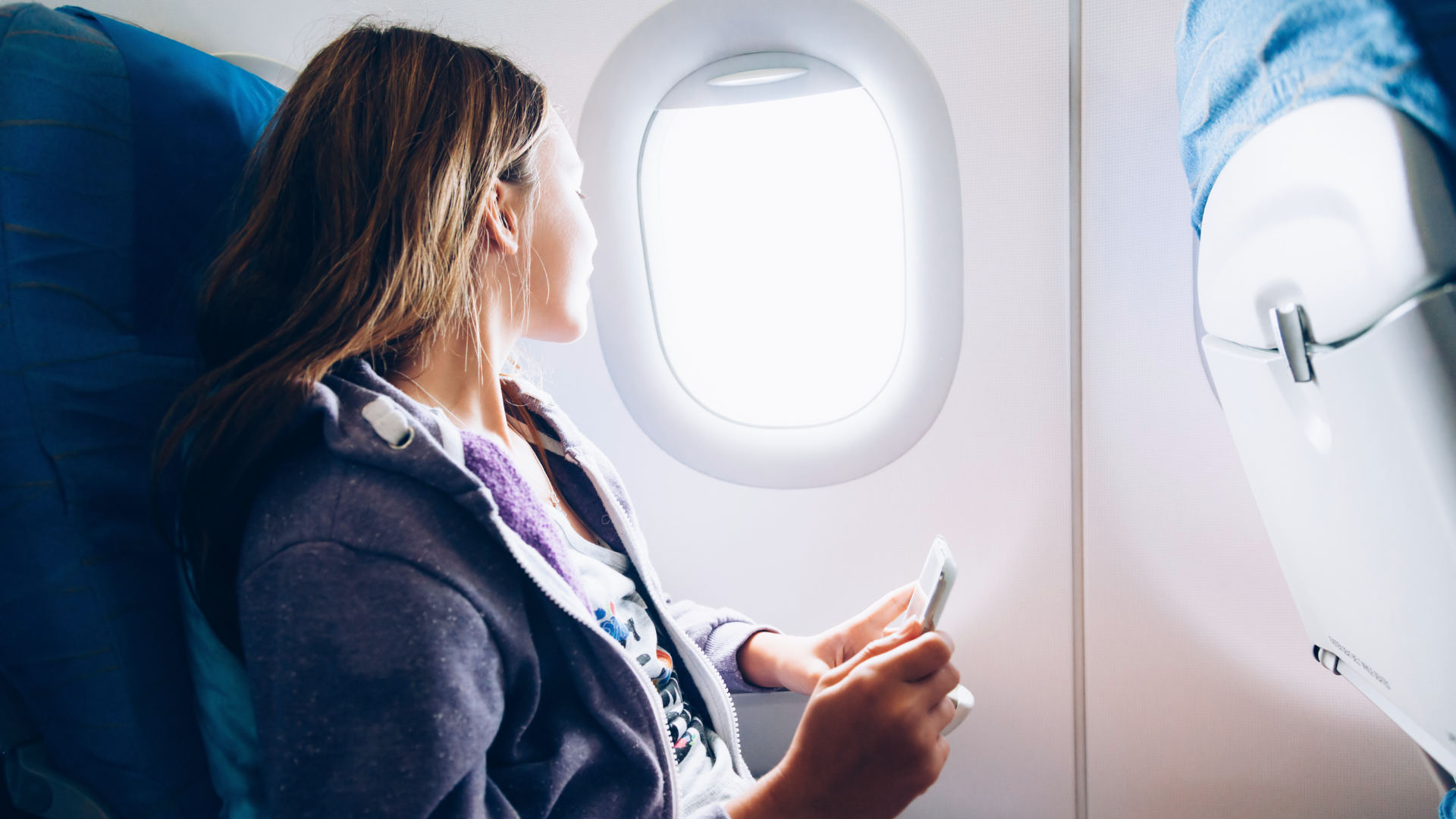Long-haul flights can be taxing on the body, leading to fatigue and discomfort. Maintaining hydration, moving regularly, and choosing healthy snacks are essential steps to ensure well-being during air travel. By acknowledging the challenges posed by extended periods in the air, travelers can implement strategies to minimize their impact.
One crucial aspect of staying healthy during long flights is hydration. The dry cabin air can quickly lead to dehydration, causing headaches and fatigue. Passengers should drink water consistently and limit caffeine and alcohol intake, which can exacerbate dehydration.
In addition, incorporating movement into the flight routine is vital. Simple stretches and walking around the cabin can improve circulation and reduce the risk of deep vein thrombosis. Focusing on nutrition is equally important; opting for light, healthy snacks helps maintain energy levels without the crash associated with heavy meals.
Pre-Flight Preparation
Effective pre-flight preparation can significantly enhance comfort and reduce the effects of jet lag during long-haul flights. Careful planning can set the stage for a healthier travel experience.
Planning for Rest
Start adjusting the sleep schedule a few days before the flight. Gradually shift bedtime and wake time closer to the destination’s time zone. This helps the body adapt more easily upon arrival.
Consider booking flights that align with natural sleep patterns. If possible, choose flights that depart in the evening or overnight. This allows for a more restful journey.
Find time to relax before the trip. Avoid heavy meals and stimulants like caffeine before flying. Engaging in calming activities can also foster better sleep.
Choosing the Right Seat
Selecting an appropriate seat can enhance comfort and accessibility. An aisle seat often allows for easier movement, enabling passengers to stretch and walk around. This is crucial for circulation and reducing discomfort.
When possible, opt for seats with extra legroom, often found in exit rows. These provide more space to shift positions during the flight.
Check for seating charts online prior to the flight. Research available options on different airlines.
Assembling a Travel Kit
A well-stocked travel kit can make long flights more bearable. Key items include neck pillows, eye masks, and noise-cancelling headphones. These tools aid in creating a conducive sleep environment.
Pack healthy snacks to maintain energy levels. Choose items like nuts, granola bars, or dried fruit. Staying hydrated is also critical—carry a reusable water bottle that can be filled after security.
Include items to address potential jet lag symptoms. Consider melatonin supplements or herbal teas that promote relaxation. Keeping moisturizers and lip balm can counteract the dry airplane air, contributing to overall comfort.
Staying Healthy During the Flight
Maintaining health during long-haul flights requires attention to hydration, nutrition, comfort, and immunity. Each aspect plays a vital role in preventing fatigue and discomfort, often associated with extended travel.
Maintaining Hydration
Staying hydrated is crucial during flights due to low humidity levels in the cabin, usually around 10-20%. This can lead to dehydration, affecting energy levels and overall well-being. Travellers should aim to drink water regularly, at least 8 ounces every couple of hours.
Tips for hydration:
- Bring a reusable water bottle and fill it after passing security.
- Opt for herbal tea instead of caffeinated beverages to reduce dehydration effects.
- Avoid excessive alcohol, as it can exacerbate dehydration and impact sleep quality.
Eating Nutritious Snacks
Airplane food often lacks essential nutrients and can be high in sodium, leading to bloating and fatigue. It is beneficial to pack nutritious snacks to maintain energy levels.
Suggested snacks include:
- Mixed nuts (provide healthy fats and protein).
- Fresh fruit, like apples or bananas, which are hydrating and rich in vitamins.
- Whole-grain protein bars which offer a balance of carbs and protein.
Having these options on hand can help combat the negative effects of high-altitude environments on appetite and digestion.
Managing Physical Comfort
Physical comfort is essential for a healthy flight experience. Cabin pressure and altitude can affect blood oxygen levels and circulation, leading to discomfort.
To enhance comfort:
- Use a travel pillow for proper neck support.
- Wear loose, breathable clothing to allow for easy movement and avoid bloating.
- Stand up and stretch every couple of hours to improve circulation and reduce stiffness.
Practicing these habits promotes a more enjoyable journey while counteracting the potential discomfort of long hours in a confined space.
Supporting Your Immune System
Cabin air quality can contribute to the spread of germs and viruses, making immunity support vital.
Strategies to enhance immunity include:
- Take vitamin C and zinc supplements before travel to bolster the immune response.
- Maintain hand hygiene by using hand sanitizer frequently.
- Consider a sleep mask and earplugs to ensure quality rest, as adequate sleep supports immune function.
Focusing on these aspects will help maintain health and comfort during long flights, promoting a more pleasant travel experience.
Movement and Preventing Circulation Issues
Long-haul flights can lead to circulation problems due to prolonged sitting. To minimize these risks, it’s essential to engage in specific movements and take preventative measures.
Promoting Circulation
To promote circulation during a flight, passengers should aim to move regularly. Simple exercises like foot pumps, ankle circles, and stretching the legs can significantly enhance blood flow. Standing up to walk the aisle every couple of hours is effective.
Heels raised during calf stretches can also stimulate blood circulation. If possible, utilize the in-flight period to incorporate these activities at least once every hour. Regular movement reduces the risk of deep vein thrombosis (DVT) and prevents blood clots from forming in the legs.
Preventing Swollen Ankles
Swollen ankles are a common issue on long flights due to fluid retention and inactivity. To prevent this, maintaining fluid balance is crucial. Staying hydrated with water helps reduce swelling.
Elevating the legs periodically while seated is beneficial. He or she can place a carry-on bag under their feet to encourage elevation. Additionally, avoiding excessively salty foods before and during the flight may help prevent water retention and swelling.
Using Compression Socks and Stockings
Compression socks or stockings are highly recommended for long flights. These garments apply graduated pressure to the legs, which supports blood flow and reduces the likelihood of DVT and blood clots. They are particularly useful for those who are prone to circulation issues.
Selecting the right size and level of compression is important. Generally, socks should be snug but not overly tight. They should be worn throughout the flight and removed after reaching the destination. Regular use of compression wear can significantly alleviate discomfort and minimize the risk of swollen ankles.
Optimizing Sleep and Reducing Fatigue
A long-haul flight can disrupt sleep patterns and lead to jet lag. It is essential to adopt strategies that promote restful sleep and minimize fatigue during travel. This section addresses ways to enhance sleep quality through specific practices.
Improving Sleep Patterns
Adjusting sleep patterns before the flight can ease the transition to a new time zone. Travelers should aim to gradually shift their sleep schedule by going to bed and waking up earlier or later, depending on the destination. This adjustment helps align the body’s internal clock with the new time zone.
For instance, if flying east, it is beneficial to go to bed an hour earlier each night for a few days prior. Eating meals according to the new time zone also assists in this alignment, as the body responds to changes in routine.
Creating a Sleep-Conducive Environment
Creating an environment conducive to sleep is crucial during a flight. Travelers can enhance their comfort by using items like a travel pillow to support the head and neck. Blankets or lightweight throws may help maintain warmth and comfort.
Choosing a comfortable outfit is equally important. Loose-fitting clothes made from breathable materials can significantly improve comfort levels during long flights. Additionally, passengers may consider using sleep masks to block out light, which encourages better sleep quality.
Minimizing Noise and Light Disturbances
Noise and light can be significant barriers to restful sleep on flights. Using noise-canceling headphones can greatly reduce ambient noise, allowing travelers to relax. Alternatively, earplugs are a good option for blocking sound without excess bulk.
Controlling light exposure helps mitigate disturbances as well. Travelers wearing sleep masks can create a dark environment essential for sleep. If traveling during daylight hours, they should try to rest when it’s dark at their destination to reduce jet lag effectively.



